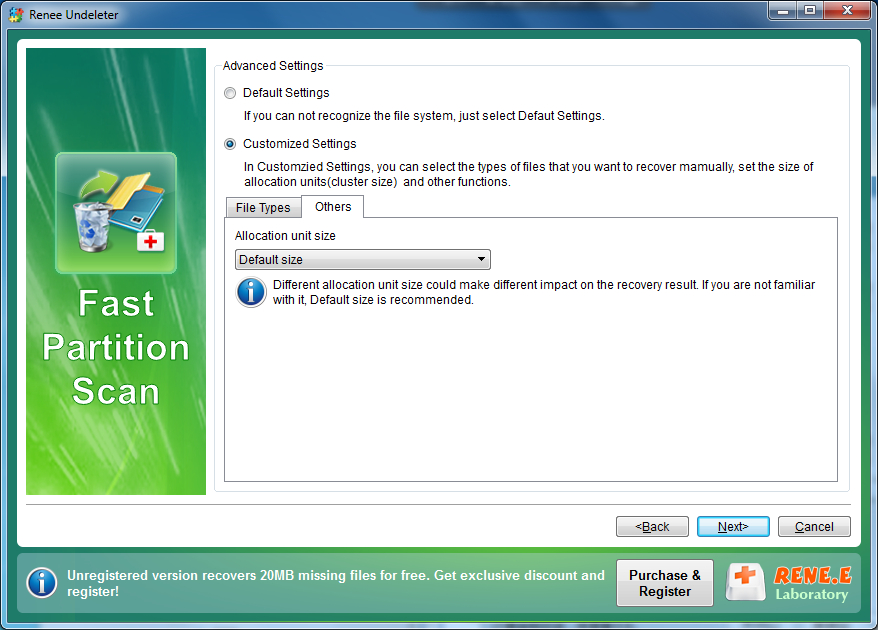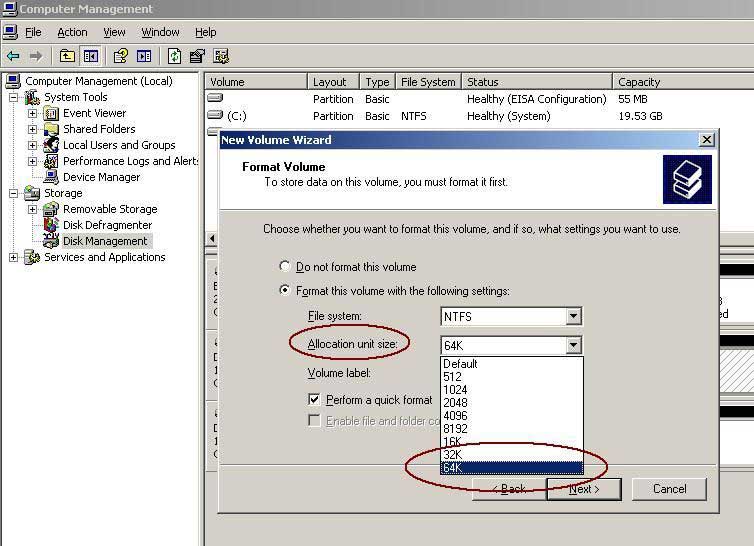
BEST FILE ALLOCATION SIZE FOR USB BACKUP DRIVE MOVIE
Try to make your allocation unit size just under the size of your music and movie files.

If you have a drive dedicated to movies, images and music, then that changes things, as image and music files are much smaller than movies.

So you could use the maximum allocation unit size of 2MB, but bear in mind that this will make smaller files (like subtitle files) use that amount of space at a minimum. If, for example, you have a partition or drive that you use exclusively for movies, then it makes sense to use a large allocation unit size, as a single movie file tends to be several hundred MB or even a few GB large. But on different partitions, this could change depending on what you use them for. On your OS drive or partition, we strongly recommend using the default allocation unit size. As an example, Microsoft has a list of the default sizes for various Windows versions available on its website. The optimal allocation unit size for your drive will often depend on which operating system you’re using and how big the drive is. What Allocation Unit Size Should You Use? If you make your allocation unit size too big, then it will take up precious disk space. If you make your allocation unit size too small, it can lead to a slower system – allocation will take longer, as there will be more allocation units assigned to each file. Windows’s default allocation unit size is 4096 bytes (4 kilobytes), which is pretty small, and on most computers, it’s unlikely this will lead to a lot of wasted space. To use an extreme example, if you have ten 8KB files but a 1MB allocation unit size, each of these files will actually take up 1MB, so the total amount of drive space used would be 10MB and not 80KB.


 0 kommentar(er)
0 kommentar(er)
